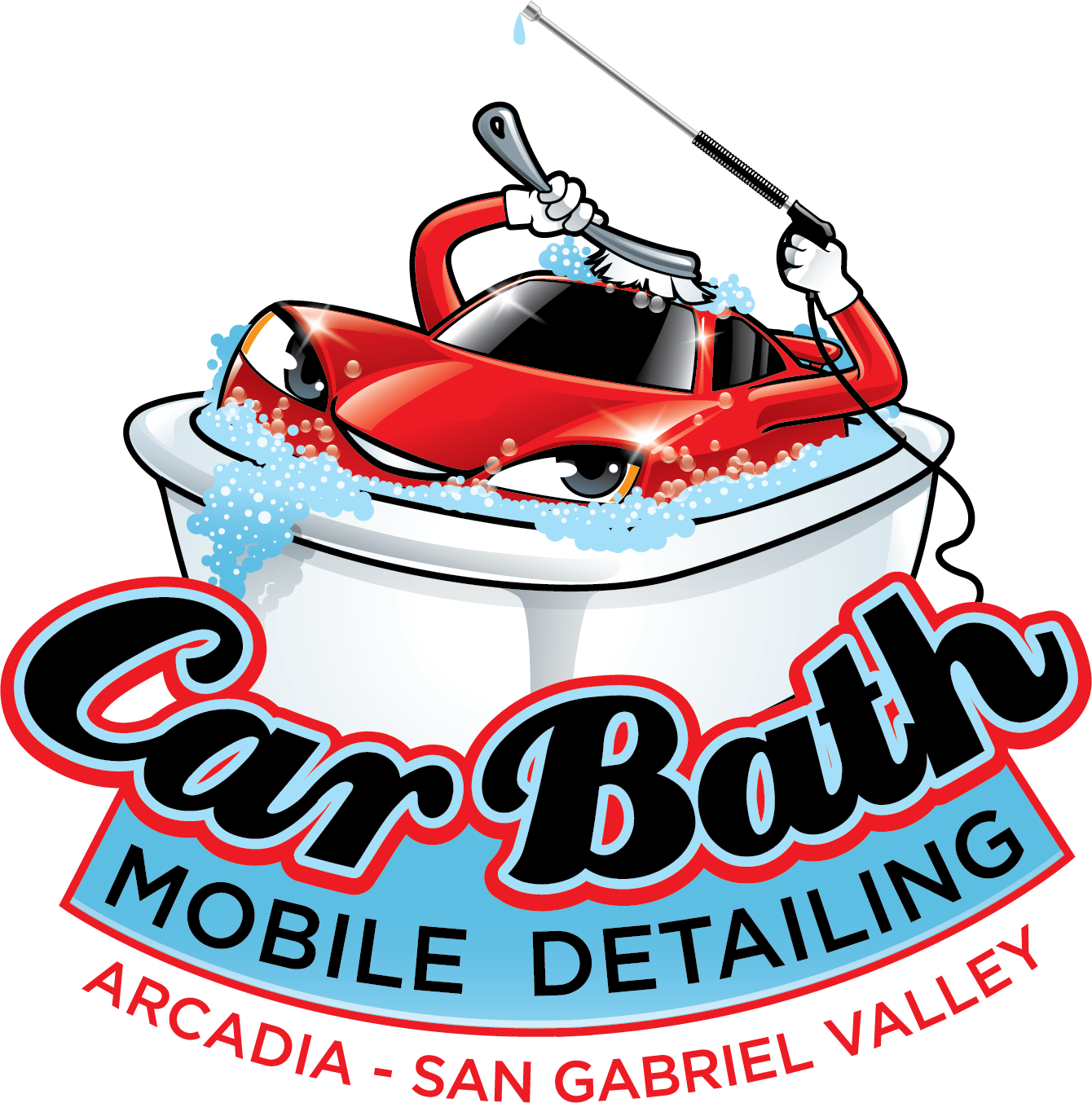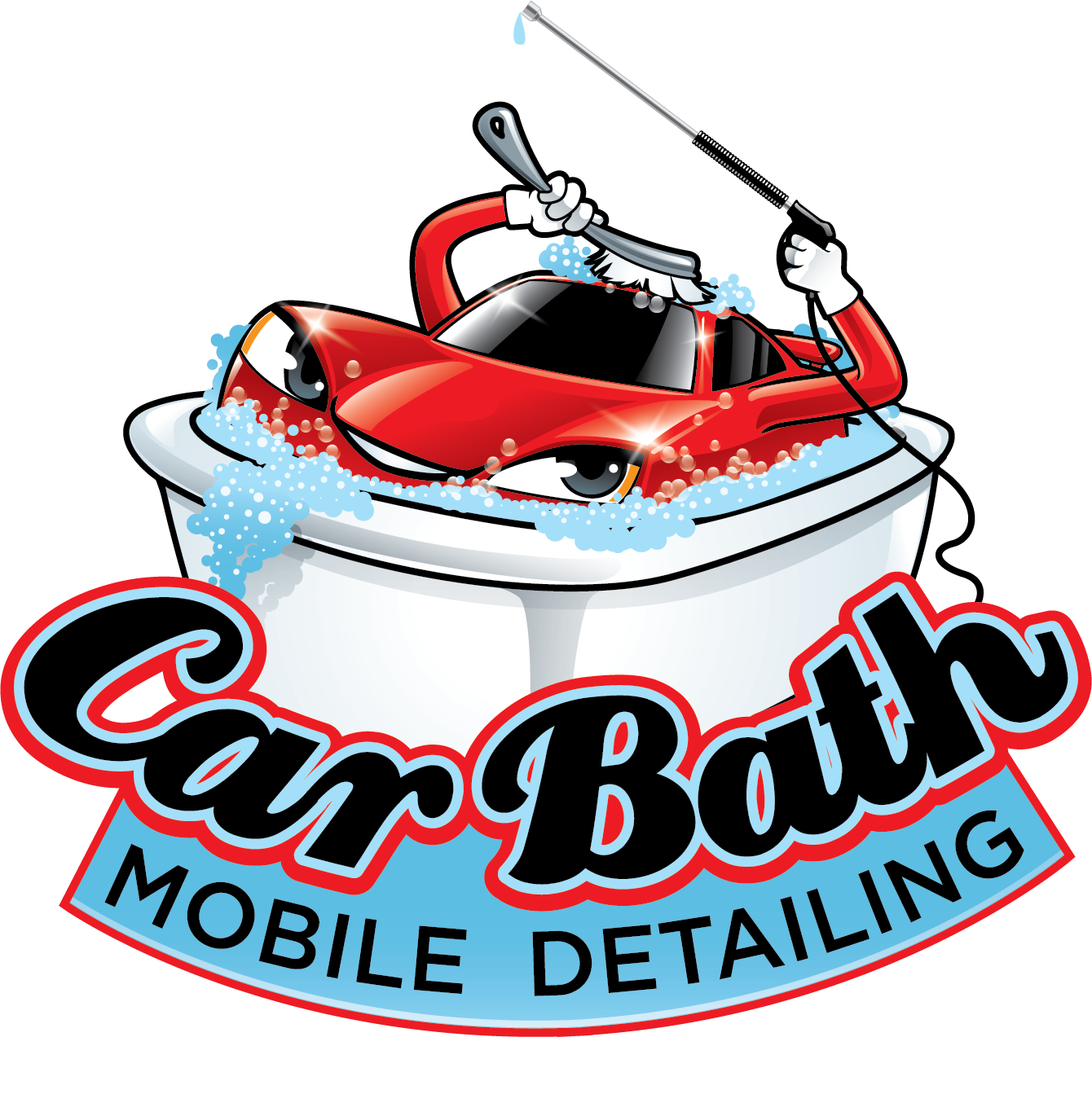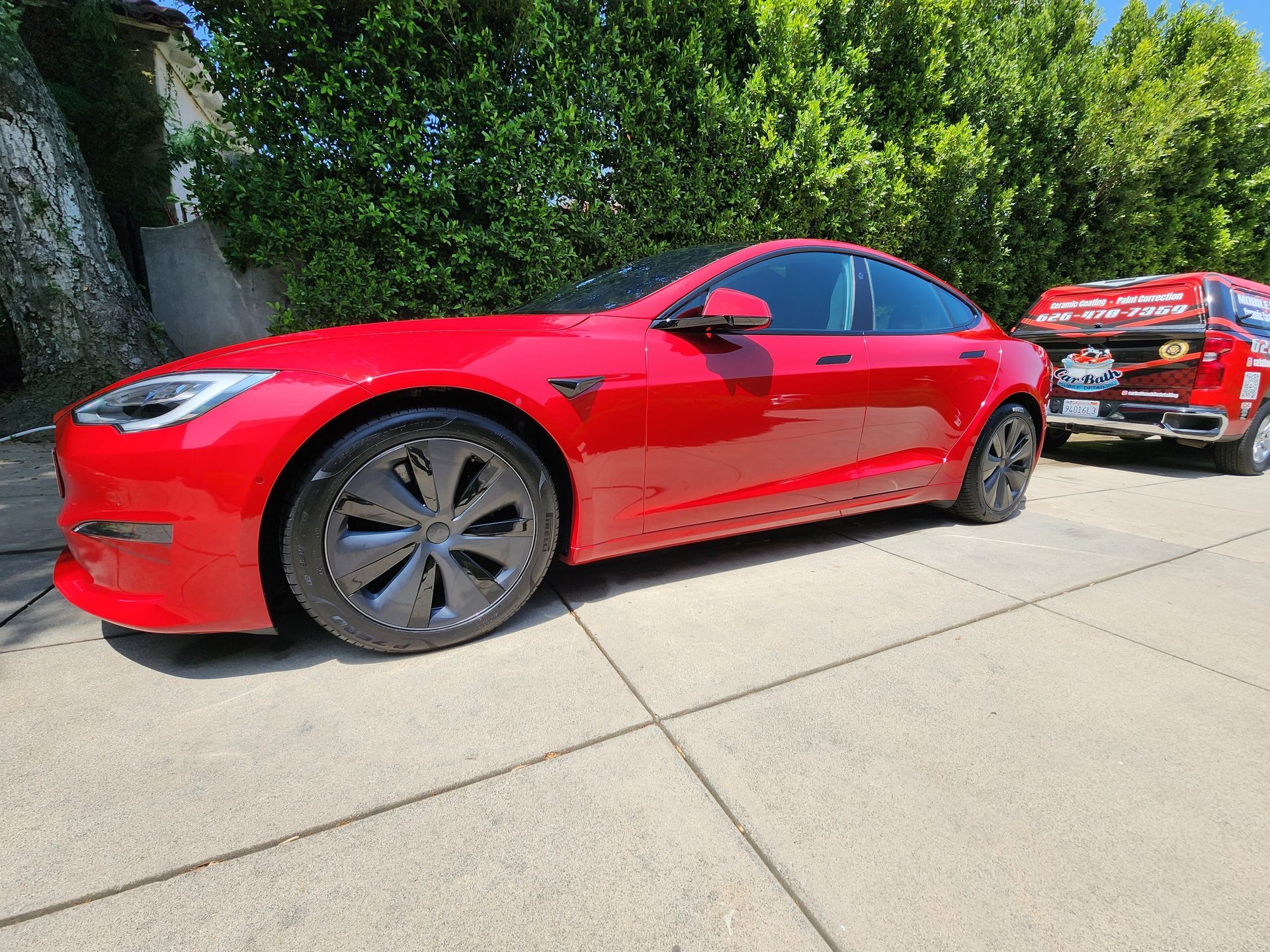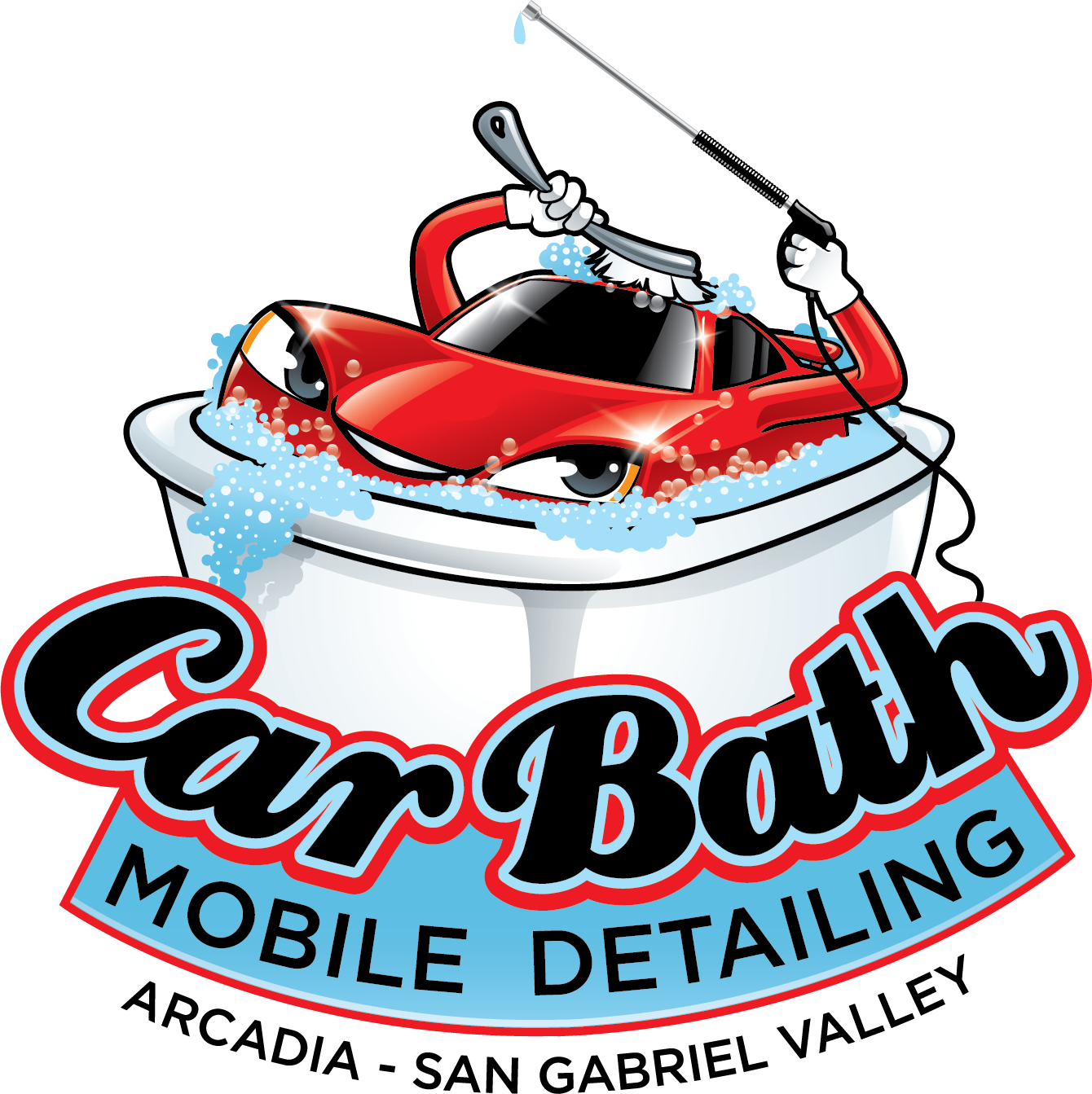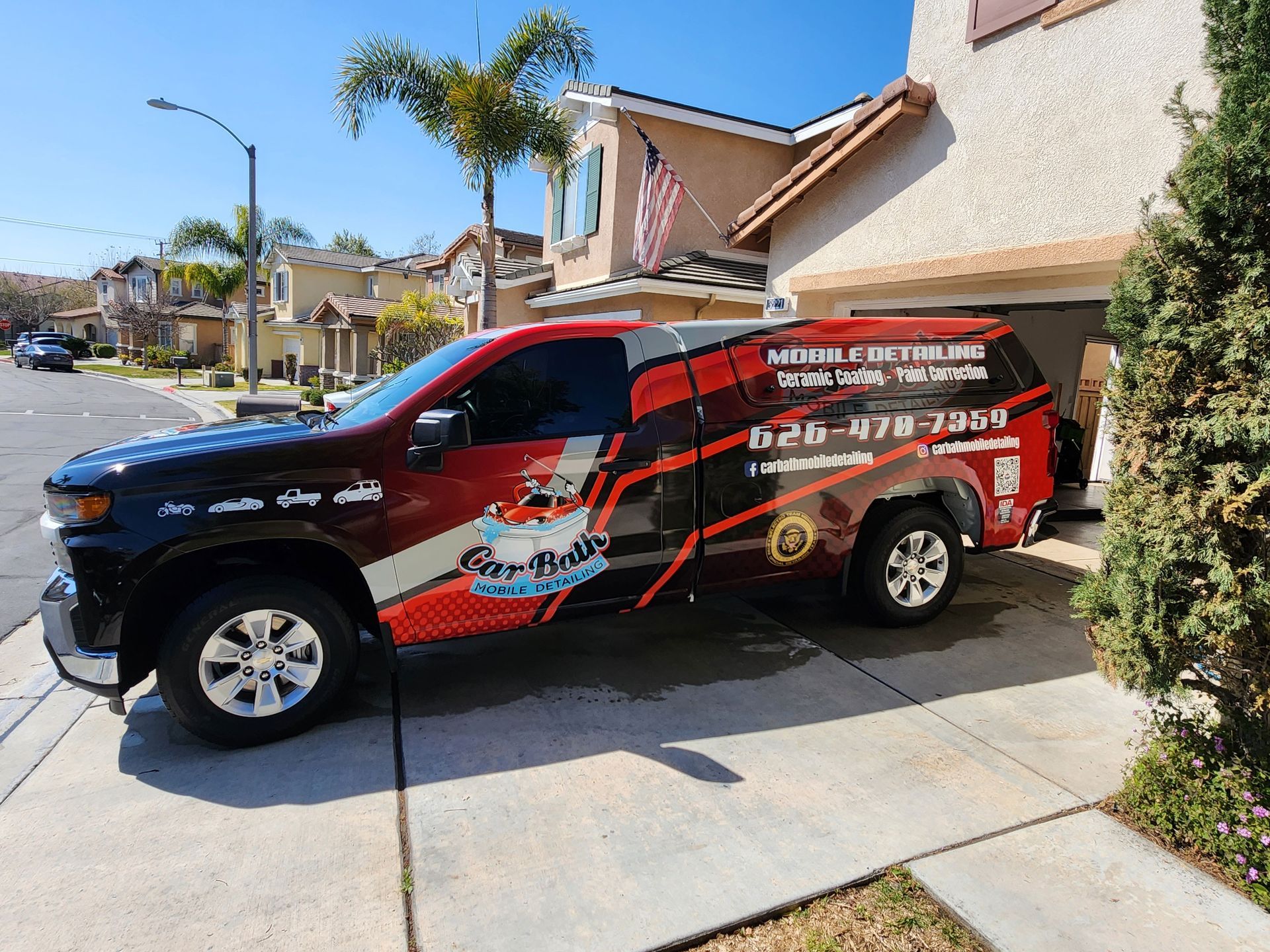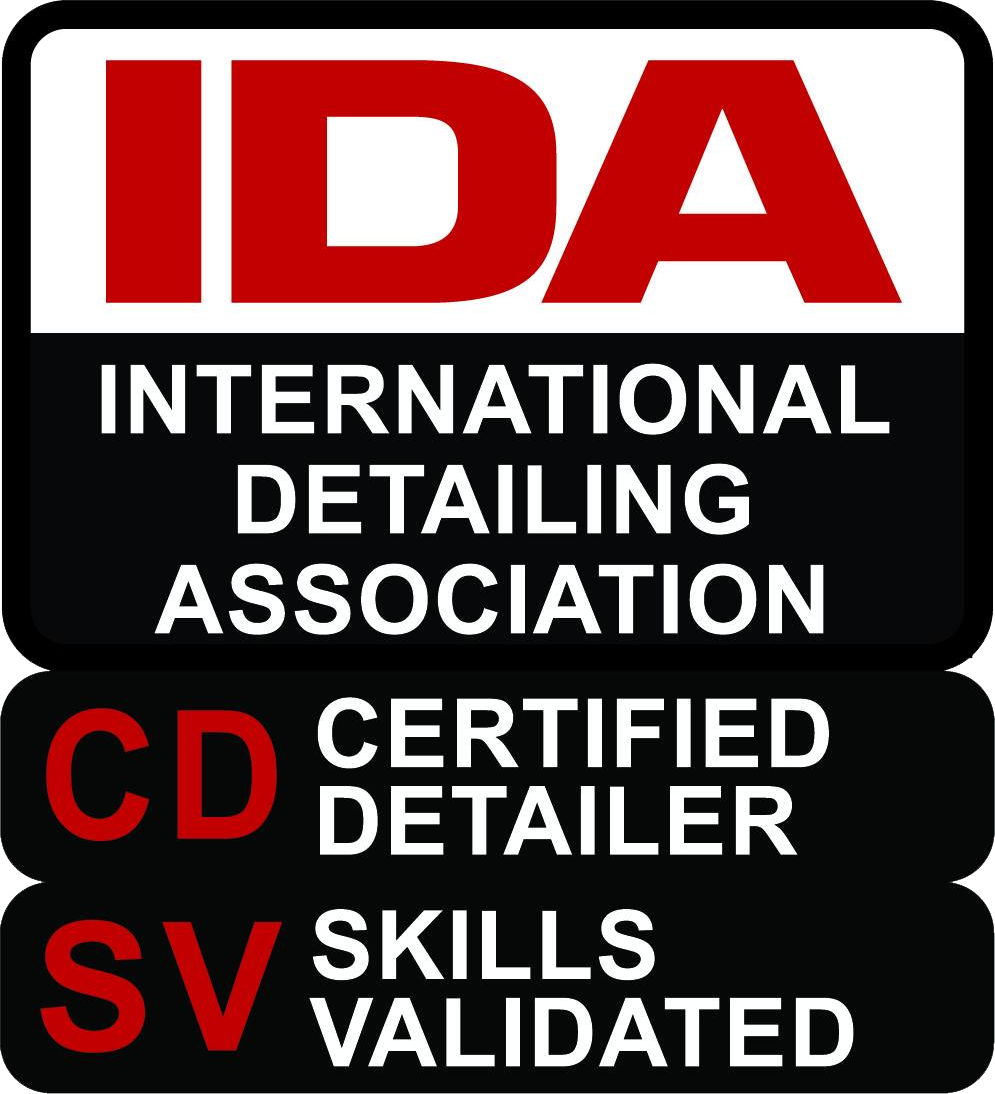What is Paint Correction? How It’s Done & How Long It Takes
CALL (626) 470-7359
GET A FREE ESTIMATELooking at your beloved car and noticing swirl marks, scuffs, or even minor paint flaws can be frustrating. That once-flawless finish is no longer there, and no matter how little you’ve driven it, your car doesn’t look new anymore. Luckily, there’s an answer — paint correction, potentially bringing back your car’s brand-new shine!
But what is paint correction, and is it worth it? In this blog, we’ll explore the process, how it’s done, and how long it takes to make your car look new again. Let’s begin!
What is Paint Correction?
As the name suggests, paint correction is an auto-detailing process that removes imperfections from your vehicle’s paintwork, restoring the original shine. This technique uses specialized equipment, including buffing compounds, electric polishers, and pads, to reveal a flawless finish underneath.
According to research, the vehicle paint and coating market size is set to hit $36.05 bn by 2032. With car owners turning towards perfection, paint correction has become the go-to solution for restoring shine and getting vehicles in top shape. Typically, the paint correction process takes care of the following imperfections:
- Oxidation that dulls the paint
- Destructive UV Rays
- Swirl marks or scratches
- Water spots or etching
- Fading over time
- Layers of environmental contaminants
How Paint Correction Works
Now that you know the crystal-clear answer to ‘What is paint correction?’ it’s time to understand how this multi-phased process works. While it often depends on the condition of your vehicle, here’s a rundown of the basic steps involved in the paint correction process:
Initial Inspection of the Paint Condition
The first step in the paint correction process is analyzing the car’s condition to figure out the imperfections. This helps decide the following processes and techniques and helps understand the extent of damage to the paintwork. During this step, multiple tools like buffing pads and polishers are put to work to gauge the extent of damage and measure the paint’s thickness.
Basic Car Wash
Soon after the inspection, your car is thoroughly washed to remove dirt, grime, or dust. This prevents contaminants from getting in the way and causing more scratches or swirl marks during the paint correction.
The goal is to get the surface as clean as possible before the next steps to lessen the chances of further damage. This step often requires a top-quality auto shampoo and microfiber cloth for the best results!
Decontamination & Claying
This process is critical to prep your vehicle for paint correction. Once your car is thoroughly washed, professional detailers use tools like decontamination sprays, iron removers, or clay bars or mitts to tackle stubborn contaminants. These include tar, iron particles, rail dust, or other embedded contaminants that regular washing might miss.
Once your car is contaminant-free, it’s time to use a clay bar to even out the surface further. This works down to the microscopic level and helps fend off the remaining impurities.
Compounding
Next up is compounding, which involves using abrasive materials to remove a thin layer of the car’s clear coat. This further eliminates imperfections like etching or leftover swirl marks. For minor flaws, a milder compound typically works well, whereas the deeper scratches require an aggressive approach.
During this stage, detailers often make several passes over the surface, adjusting the pressure and the type of compound required for an even correction.
Polishing
After compounding, it’s time to polish your vehicle to refine the paintwork. This process requires a fine abrasive polish to improve the surface’s clarity. As a result, any marks left from compounding are smoothed out, bringing out a glossy finish.
Depending on the shine you aim for, your detailers might perform several polishing steps for extra shine and smoothness. So, when wondering ‘what is paint correction,’ the ultimate polishing step clears it all for you.
How Long Does Paint Correction Take?
By now, you’re fully aware of what is paint correction, with a lowdown of how it works. The next big question is — how long does the whole process take? There’s no one-size-fits-all answer to this, and the time is often influenced by the size of your vehicle and its condition.
But to make it simpler, here’s a quick breakdown of how long different degrees of paint correction may take:
Basic Imperfections: Quicker Turnaround (5-7 hours)
If you have a new vehicle with slight marks on the paintwork, minor paint correction may only take a few hours to restore the showroom’s glossy finish.
Moderate Imperfections: A Comprehensive Approach (13-15 hours)
If your car has been subject to oxidation or has noticeable scratches or swirl marks, the paint correction process requires a more comprehensive approach. This also involves extensive compounding — so the process may last up to 13-15 hours.
Major Scratches: Extensive Work Required (A Few Days)
For vehicles with deep scratches, seriously unattractive exteriors, or heavy oxidation, the paint correction process might take a few days. The extensive work requires re-doing multiple steps so the paint looks as good as new.
FAQs
When Should I Get a Paint Correction for My Vehicle?
It’s time to get a paint correction if you notice swirl marks, holograms, or surface flaws that make your vehicle look lackluster. Even if it’s minor wear and tear with time, paint correction will fix the issue in no time.
Can I Do Paint Correction at Home?
Yes, while it’s possible to do paint correction at home, the job is easier said than done. One wrong move may damage your vehicle’s overall finish, making the paintwork worse.
Does Paint Correction Help Get Rid of Major Scratches?
Although paint correction is effective for deep scratches, it might not always fix all major ones. It works best on surface imperfections like swirl marks or light scratches. If the scratches go beyond the clear coat, you might need a repaint.
Final Words
With everything grappling with wear and tear over time, your car is no exception. There’s so much your vehicle is subject to from sun damage to minor scratches. But with a deep knowledge of ‘what is paint correction’ and how the process works, you can transform your car like it rolled straight out of the showroom!
Now that you know what is paint correction, you can reach out to experts at Car Bath Mobile Detailing to bring back your vehicle’s lost shine in no time!
